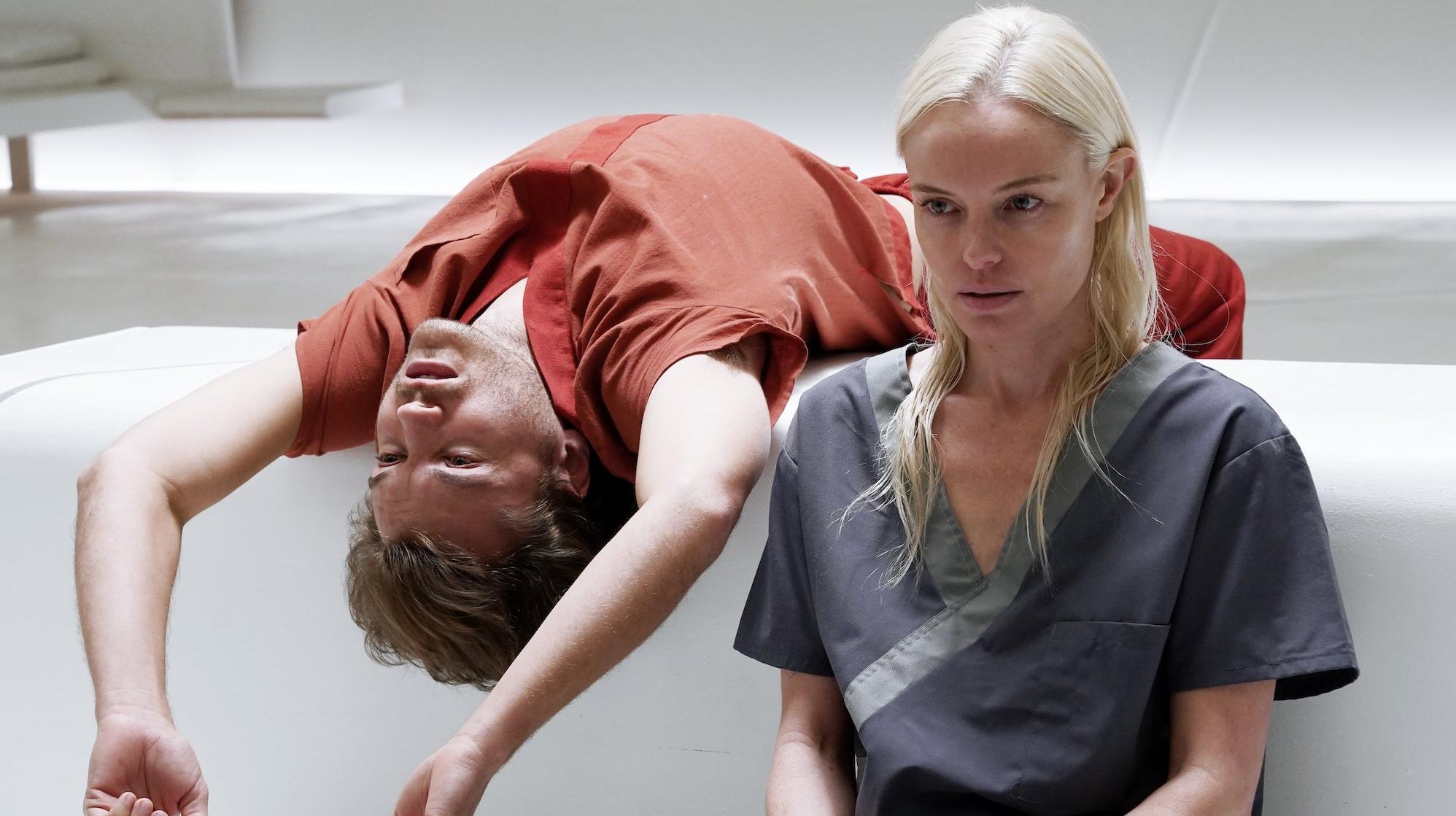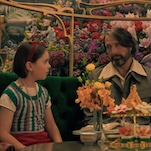The Immaculate Room has an intriguing premise but flawed execution
Kate Bosworth and Emile Hirsch hole up in a sterile, minimalistic environment for a sociological study that yields mixed results

The titular space of Mukunda Michael Dewil’s heady two-hander, The Immaculate Room, lives up to its name—aesthetically, at least. With only a slim bed and a similarly sparse bench as furnishings, the expansive room is a study in brutal minimalism. With no artwork and no windows (only hued lights that change at morning, midday and night), this sterile environment announces itself as the only thing it could ever be: a site for a social experiment. Dewil’s film stages and seemingly wants to comment on such a gamble (can a couple survive in the room alone for 50 consecutive days?), but it feels like an empty provocation, one that never quite manages to deliver on the nihilistic premise it wants to capture within its lily white walls.
The couple in question are Kate (Kate Bosworth) and Mikey (Emile Hirsch). They enter the room giddily. After all, if they succeed at spending 50 nights in this dystopian-looking space, they’ll earn $5 million. Simple, right? Sure, lights turn off automatically at 10pm and their meals consist of an odorless liquid delivered in a single carton. But, really, how hard could this “experiment” really be?
If your mind is already racing to imagine the way such joint solitary confinement would drive even the strongest of couples to the brink of insanity, you’re already two steps ahead of Dewil’s screenplay. Yes, for the first 24 or so days, Kate and Mikey are as well-behaved as two people trapped in a blank canvas can be. She meditates, he runs laps. She invokes affirmations in front of the bathroom mirror (“Today’s my day. Today I will show the world my worth”), he ponders what he’ll do with his half of the winnings (“I’m gonna smoke a fat blunt with Elon Musk”). In sum, they make do with what little they have. It’s only a matter of time until, by both happenstance (a bug is found in the middle of the room) and by design (a gun appears out of nowhere in the bathroom), that the couple is forced to grapple with what this experiment may truly be driving them toward.
As a conceit, there’s an elegant simplicity in The Immaculate Room. The kind that lends itself to the sort of philosophical discussions Kate and Mikey soon find themselves having—about compassion, artistic integrity, trust, grief, privilege, you name it. Surrounded by nothingness, the two are slowly chiseled away into their most elemental selves, for better and for worse. And that’s before the room prods them further with missives from family members, and goads them with “treats” that eat into their winnings. Their self-control is challenged at every turn.








































